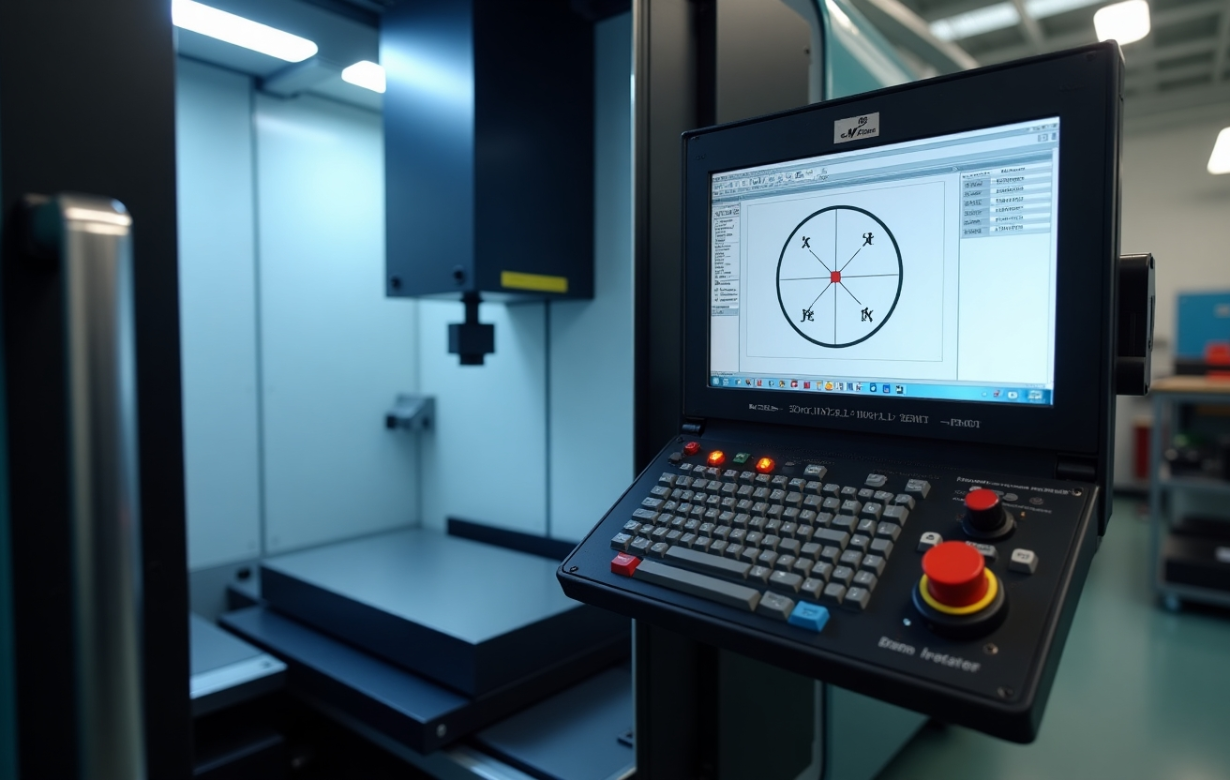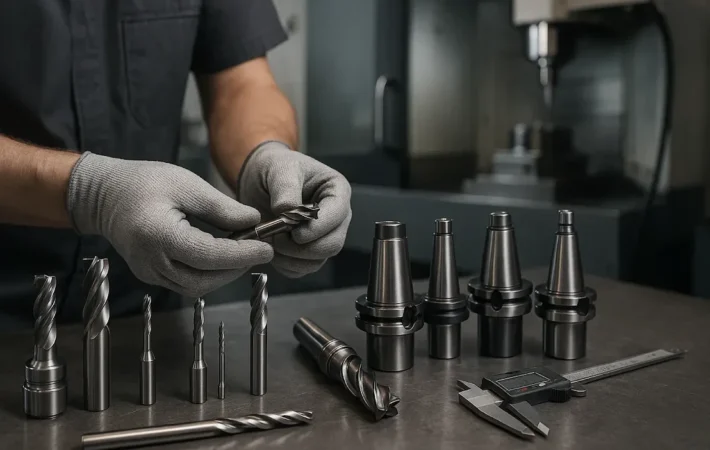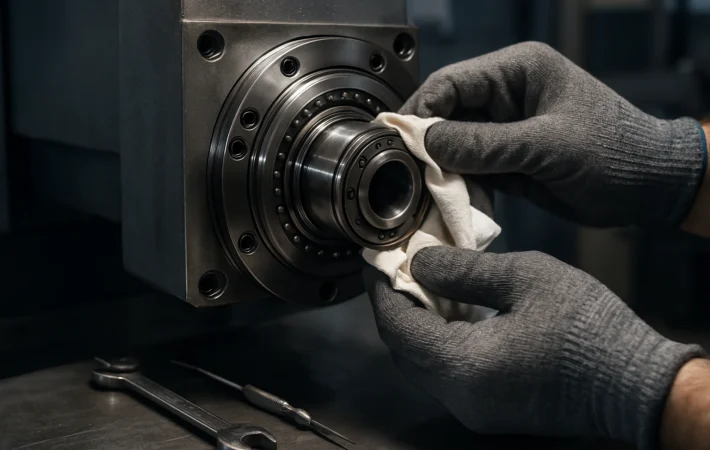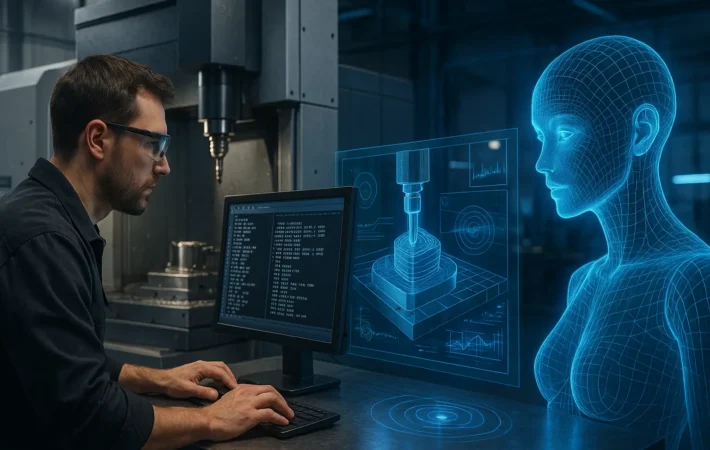CNC machines are precise tools that can do detailed machining work that needs high tolerances. But to bring this precision into CNC machines, you need to go through some important steps, and one of such important steps is homing a CNC machine. Homing is also known as referencing the CNC machine. It is an important process that helps establish a known, repeatable, and precise coordinate system for the CNC machine. In simpler words, it is the process of providing the machine with a fixed reference from which all the subsequent movements and operations are measured.
How does the homing of a CNC machine work?
Before we get into knowing the purpose of homing a CNC machine, let’s find out how homing works –
- Each one of the axes (X, Y, Z, and two more sometimes) starts moving toward a designated home switch or censor.
- When the censor becomes activated then the controller records this position as zero.
- Then the CNC machine will use this position as the main reference for different programmed movements and operations.
- Also to prevent damage, the machine moves slightly away from the censor after the detection.
- After the work, the machine controller resets the position of the value to zero, which establishes the home position as the reference for all the subsequent movements.
Types of homing sensors
CNC machines are often equipped with different types of sensors for homing, here is a list of them –
- Mechanical switches – These are some physical contact switches that help to detect the home position when an axis makes contact.
- Optical sensors – These sensors use light beams to detect the home position without physical contact.
- Inductive sensors – These sensors are mainly used in industrial settings and detect metal objects without any connection.
- Magnetic sensors – They offer no contact detection and determine position using magnetic fields.
Homing vs Soft limits
A lot of people are confused between the homing and soft limits of CNC machines, some think they are the same but they aren’t actually. So here is what soft limits mean –
Soft limits are software designed boundaries that serve as safety mechanisms to prevent the machine from moving beyond those boundaries. These limits can only function in the right way if the machine has been homed, as they totally rely on the homed positions to determine the safe range of movement.
So soft limits are dependent on homing and are not the same as homing.
What’s the purpose of homing your CNC machine?
We have explained to you what homing is, how it works, and its difference from the soft limits. Now, it is time to explain why homing is done in the first place –
- Establishing a known reference point – The CNC machines have no inherent knowledge about where the axes are located after being powered on or being reset, and homing helps the CNC machine know its position. This is very important for precise machining operations as a slight deviation can cause a huge problem during the whole machining work.
- Preventing crashes – if the machine doesn’t know the right positions then it will definitely move beyond the boundaries which will further result in tool breakage and even crashes. The machine can even damage itself if it starts moving beyond its range. Homing allows to enforce software or soft limits, helping the machine know where its boundaries are and prevent any kind of crashes.
- Enabling accurate toolpath execution – After the homing is done, the machines will be able to interpret the G-code easily, which will ensure that the tool paths are followed in an accurate way. This process is very important for complex engineering products and also when working with jigs and features.
- Enabling repeatable machining – Repeatability is one of the most important features of CNC machines. When you do homing of your CNC machine it also ensures that the machine can return to the same reference point, once it is powered up. This further helps in making identical parts consistently even if the machine restarts after a power loss or emergency stop.
- Reducing the setup time and human error – The need for manual efforts gets eliminated with homing as that helps in the process of finding the machine’s origin. This also reduces the setup time and increases productivity while reducing the risk of human error.
Best practices for homing
We have discussed with you with purpose of homing your CNC machine, but now we need to know what are some of the best practices of homing that you should follow to get the best results –
- Home after every power circle – Make sure to home your machine after turning it on and after emergency breaks.
- Regularly check the homing switches – Do regular inspections of all the homing switches to make sure they are clean, the censors are clean, correctly positioned, and able to do accurate homing.
- Use soft limits – Once the CNC machine is homed, make sure to enable the soft limits of the machine for added protection against overtravel.
Conclusion
Homing is an essential part of running a CNC machine. It is also very important to make sure that the machine doesn’t face any clashes or cause any damage, and that can be done with homing. So, every time when you go for machining work with your CNC make sure that you have done the homing and that will help in making the CNC run in a safe and sound way.






